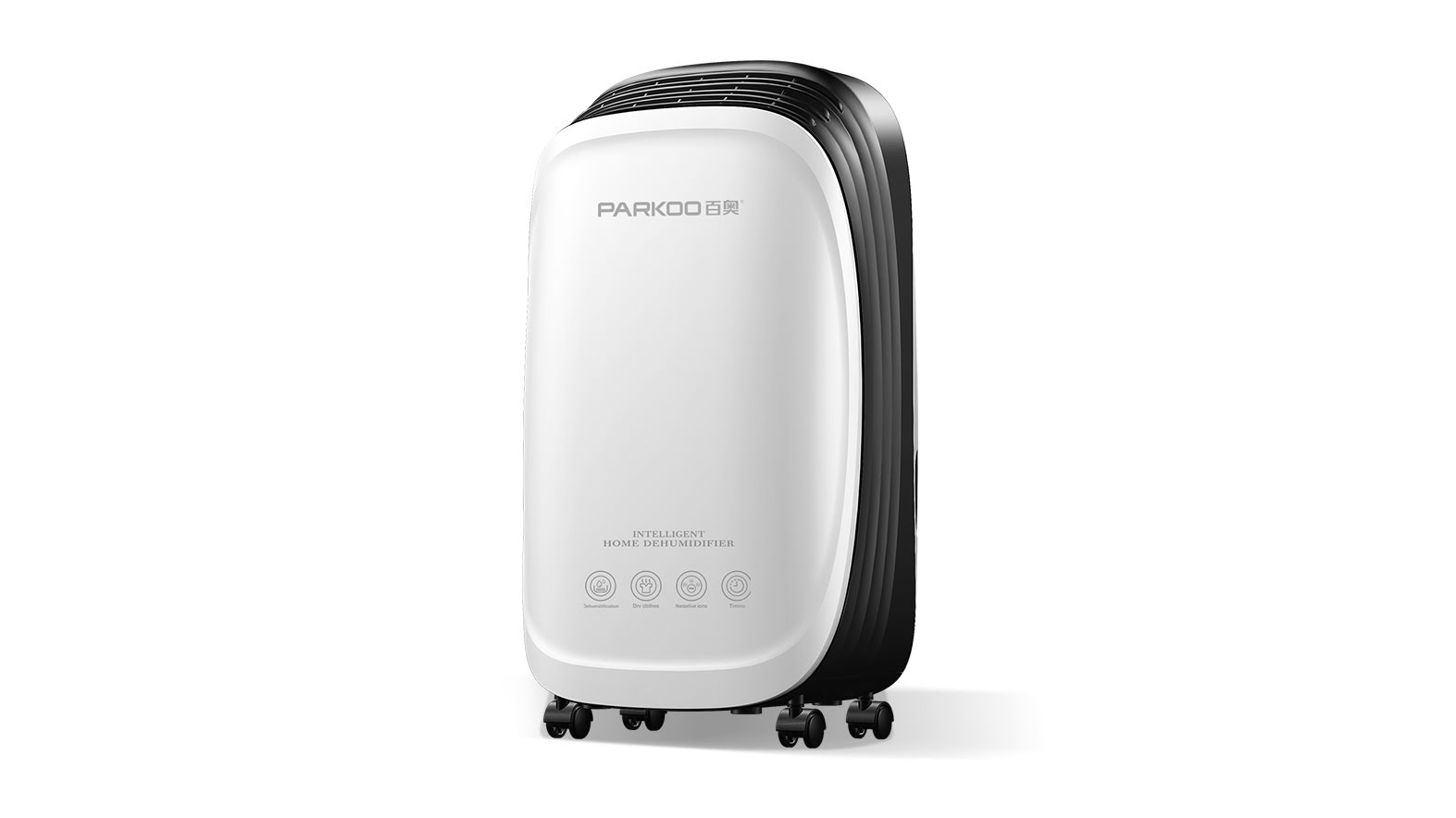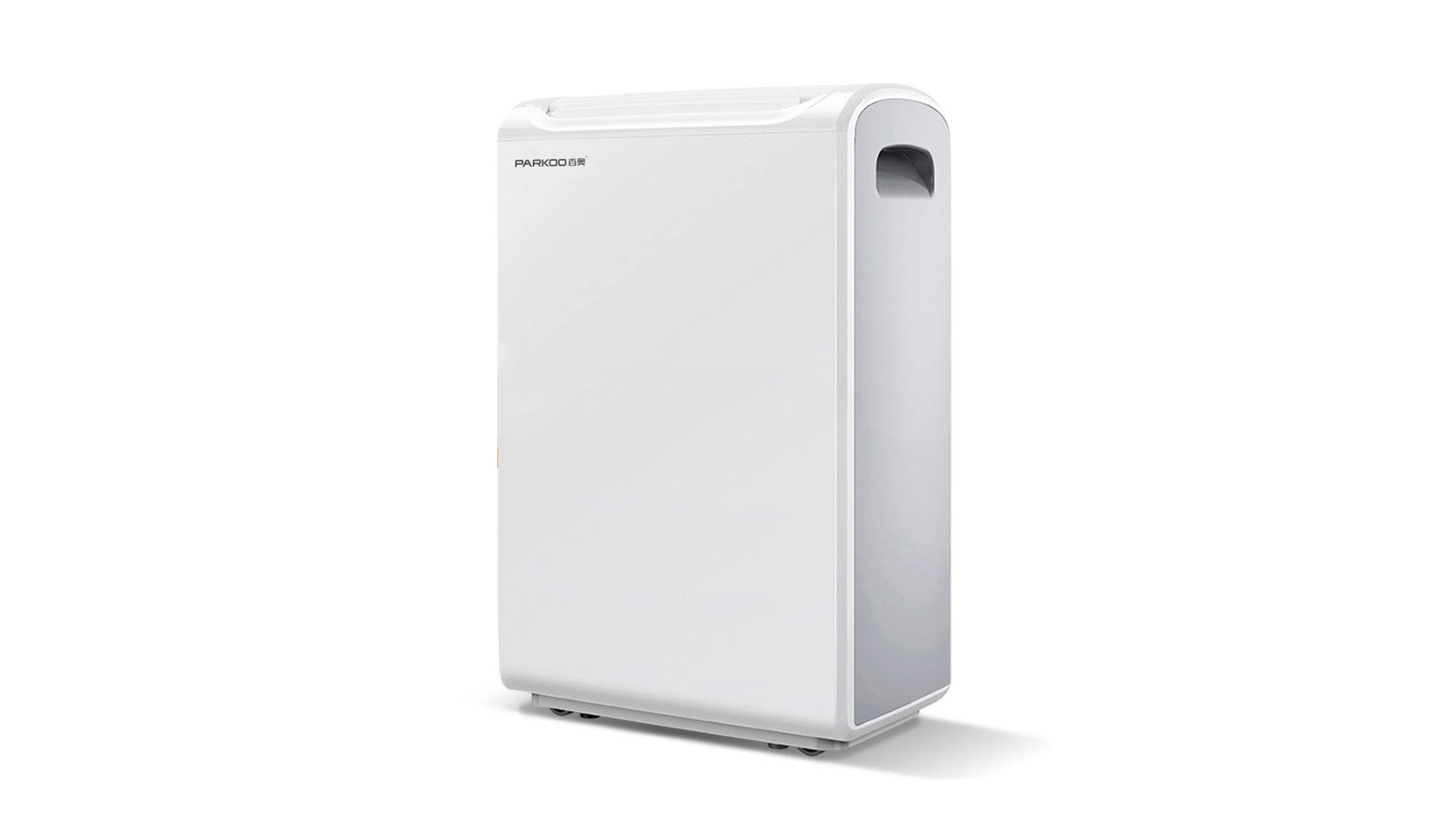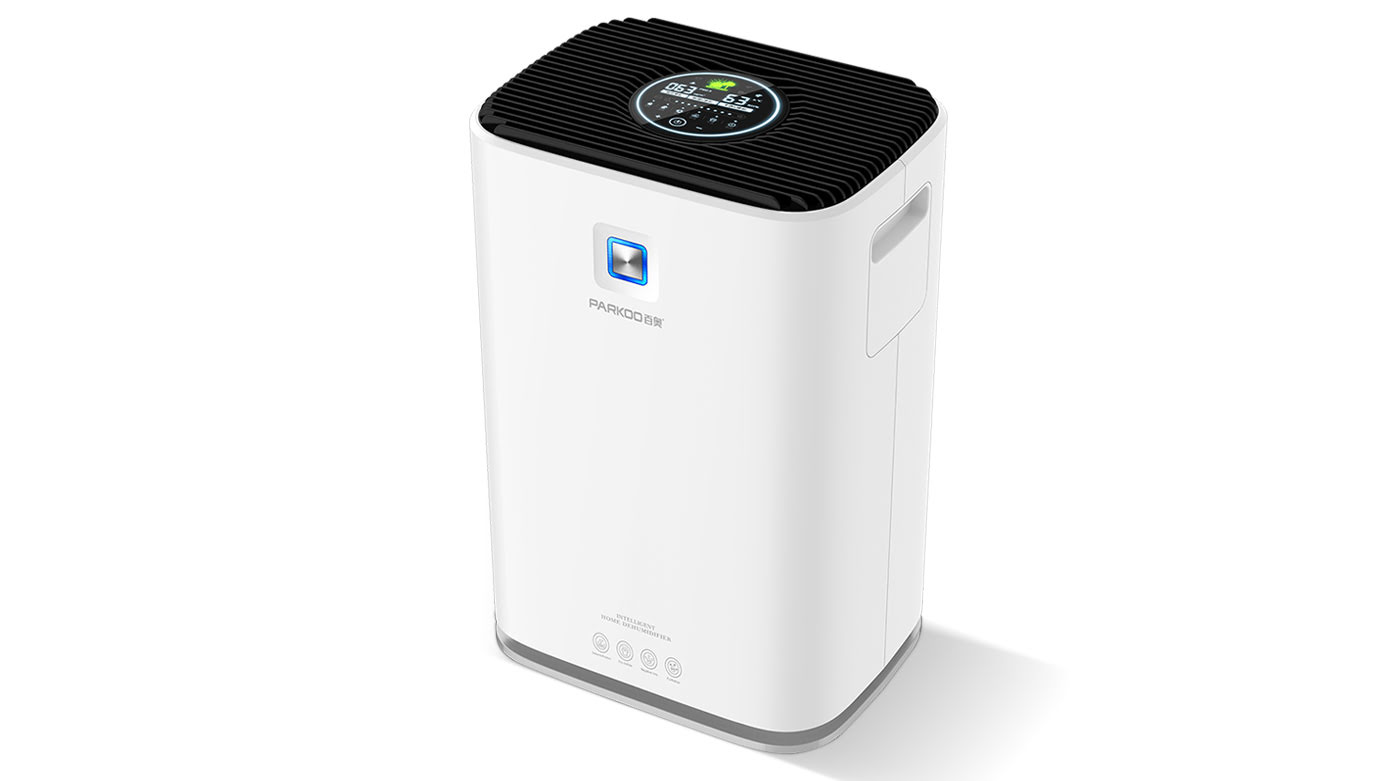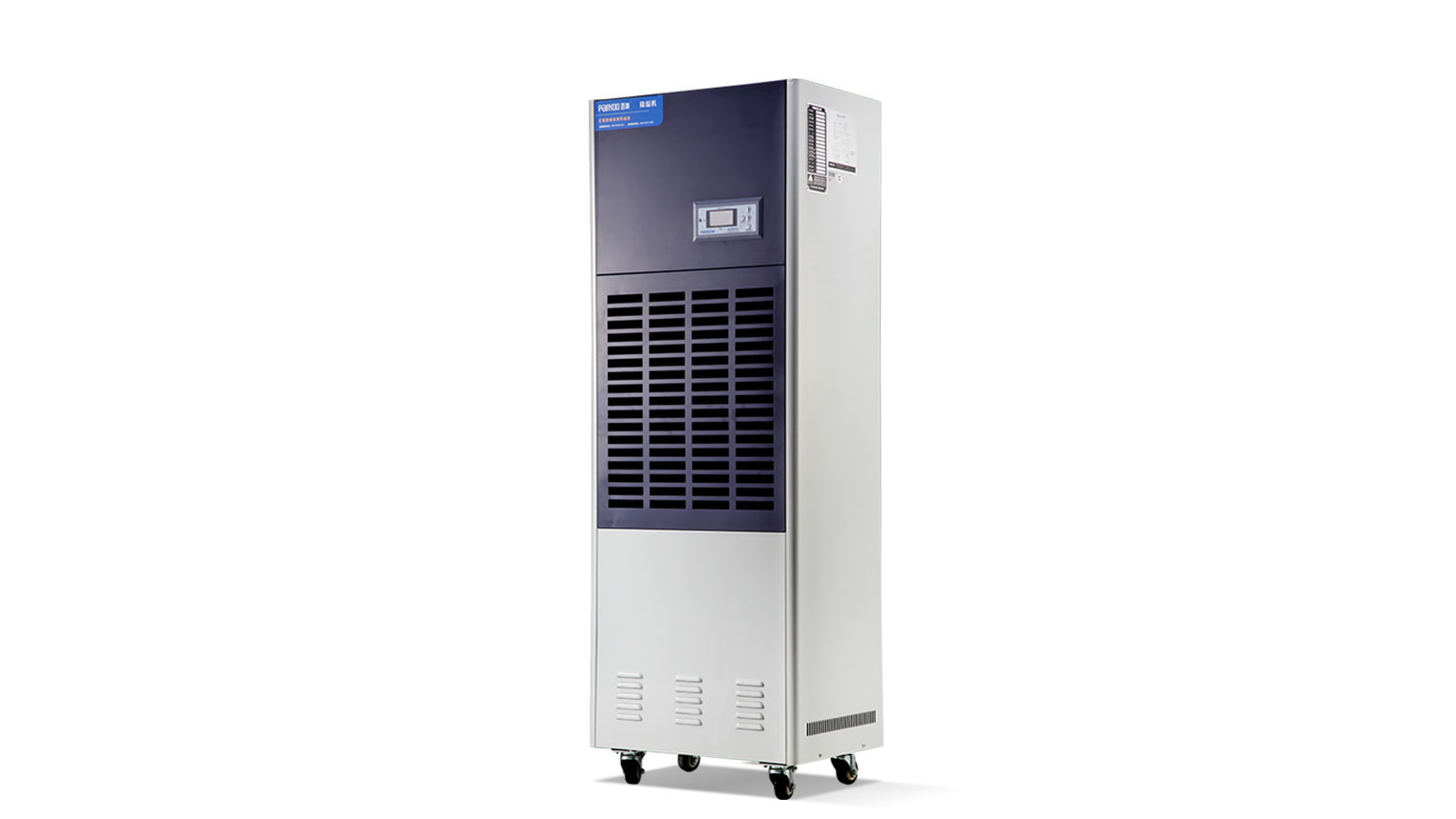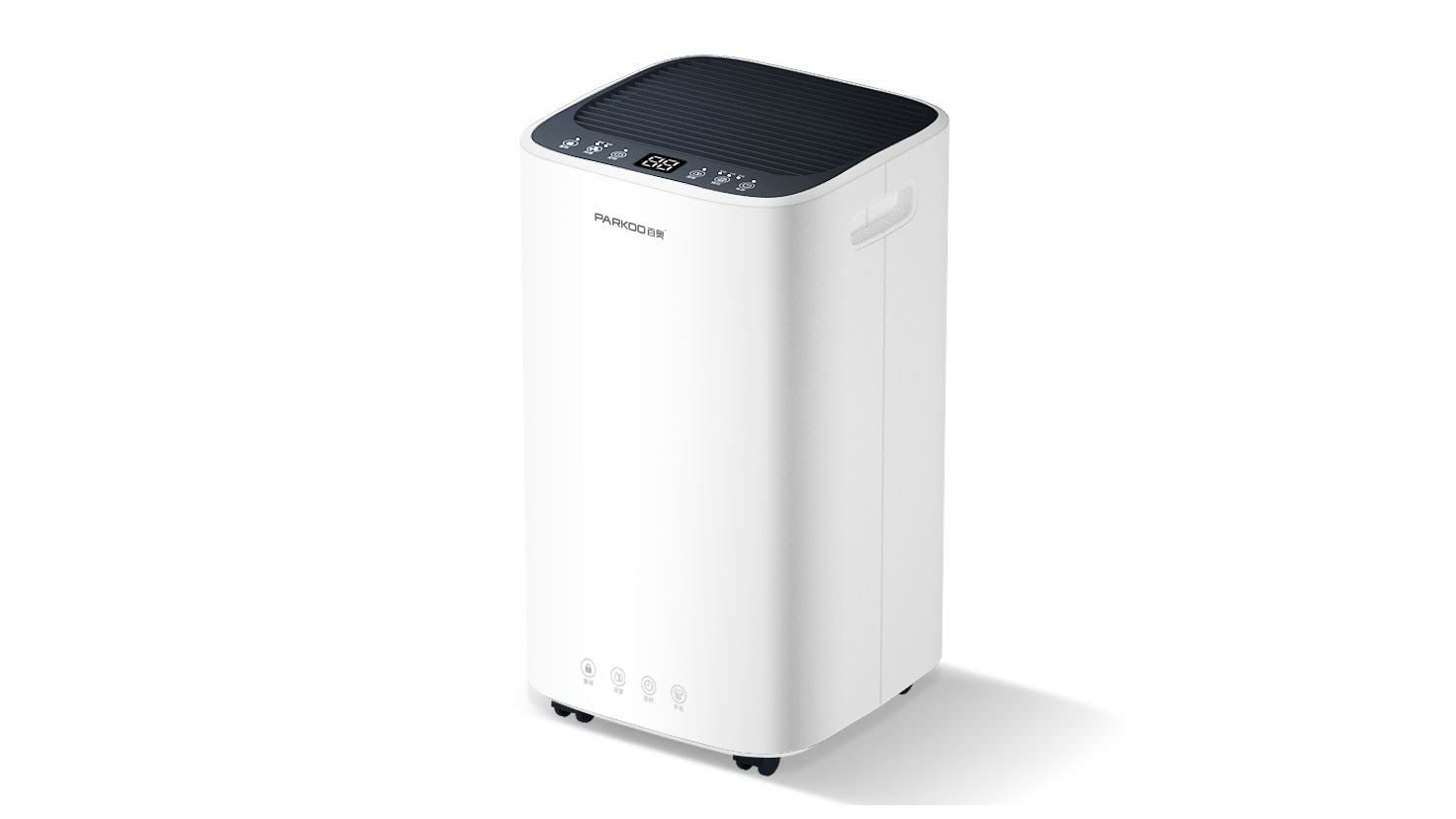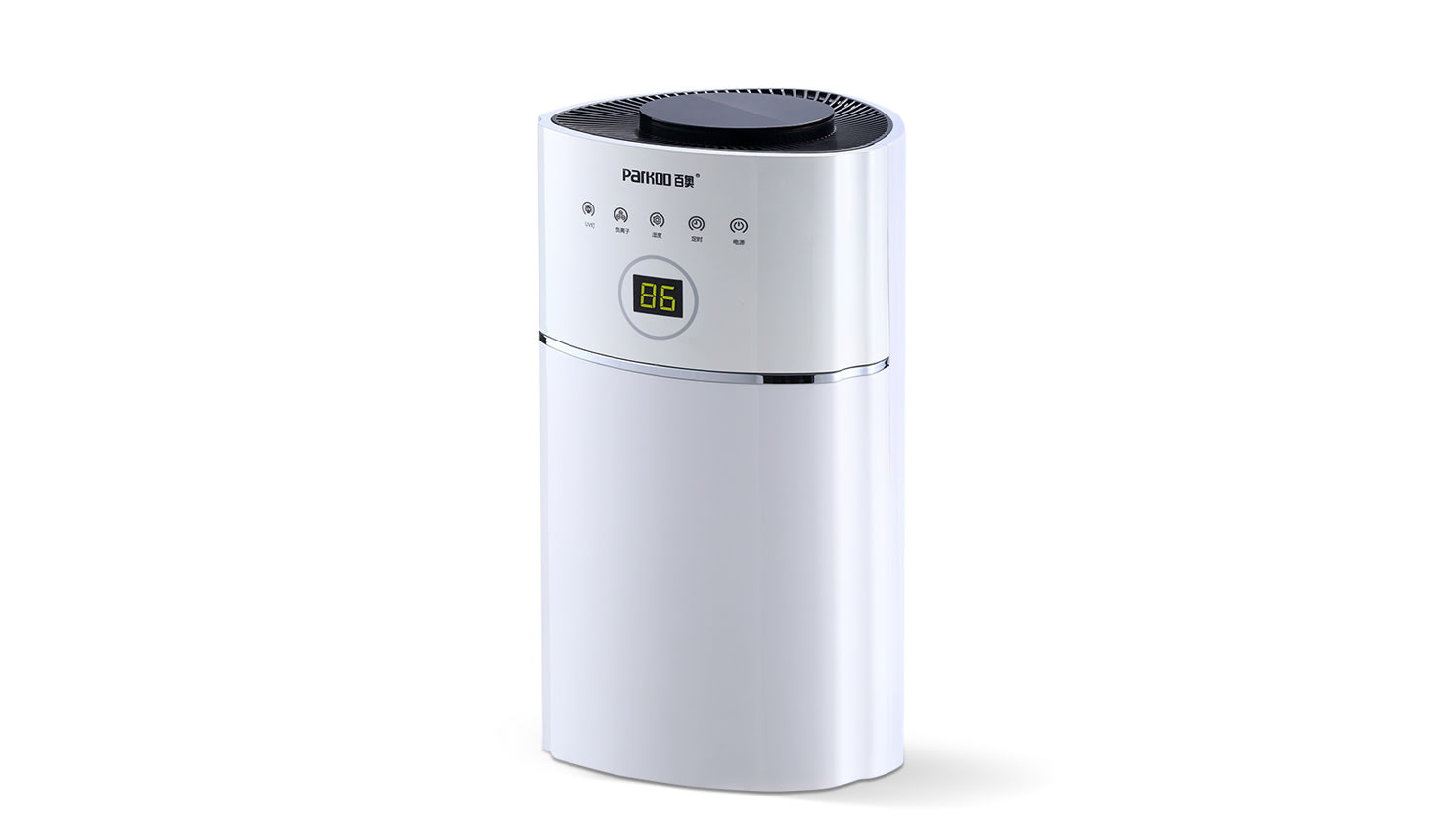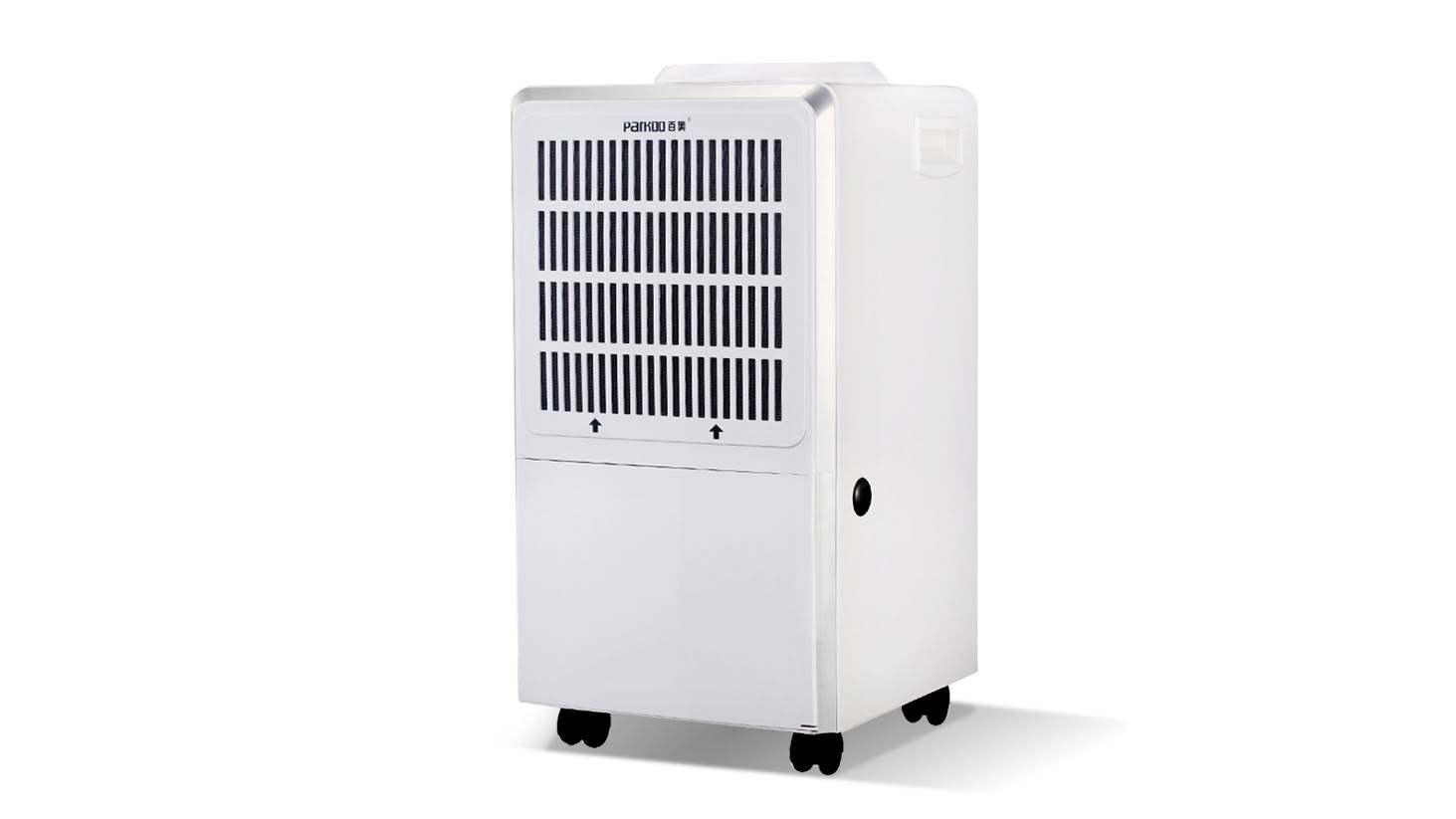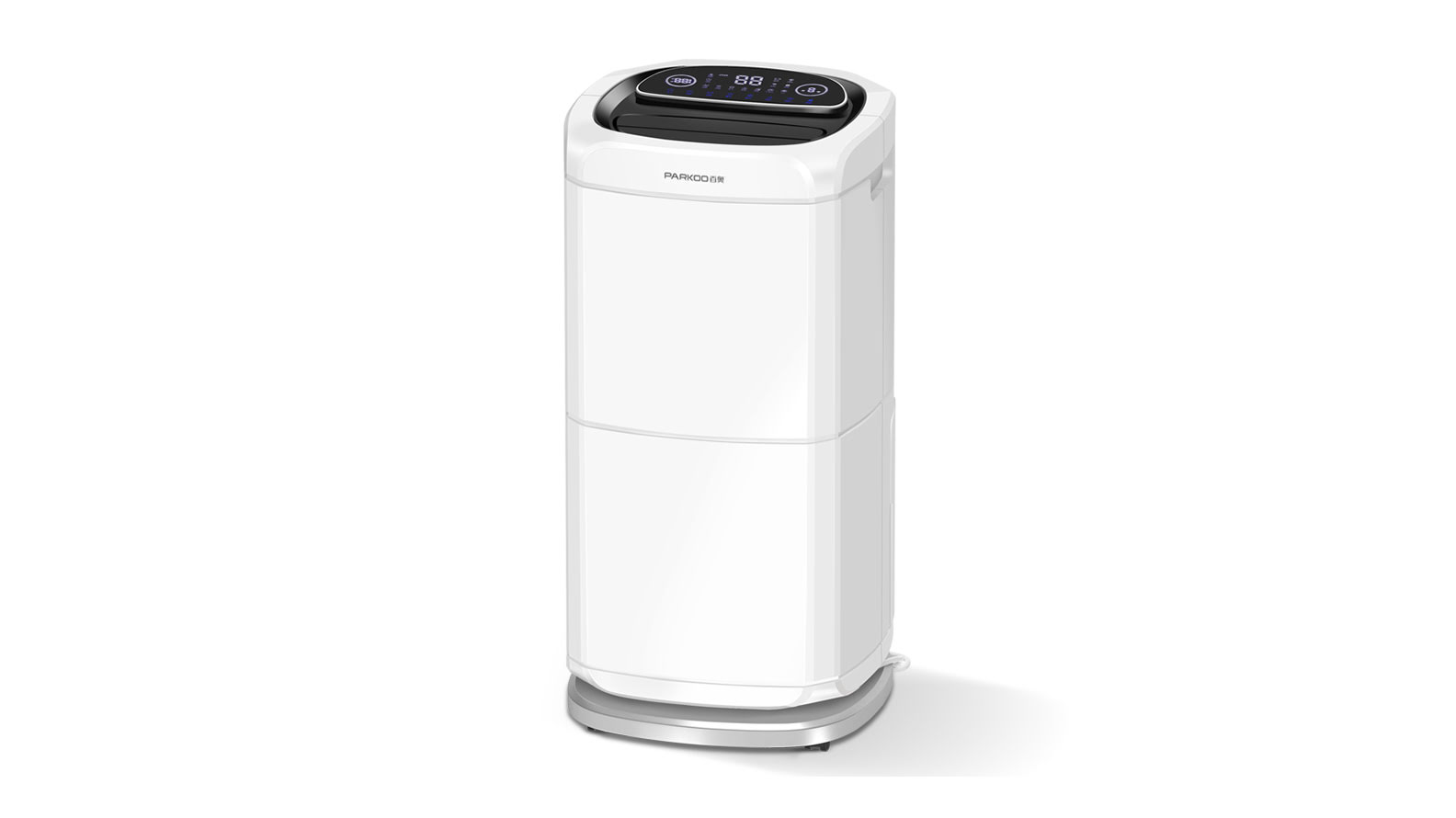Air huMidity is the main factor in the spread of airborne microorganisms. Indirect Health Impact of relative Humidity in indoor Environment
In a dry atmosphere below 40% RH, the discharged droplets quickly lose their water content through evaporation. When Smaller droplets hold air for a longer time, this evaporation will result in more droplets being able to Maintain air propagation and increase the overall time they can float
The water loss of the droplet also changes its structure to a crystalline solid state. Viruses and bacteria are stored in a floating capsule, where they remain infectious and have greater potential to infect others
In an atmosphere above 40% RH, the discharged droplets maintain their Moisture content, are heavier, and can hold less air. In addition, the dissolved salts in the residual droplets in the air can create a harsh environment for any suspended microorganisms, reducing their infectious properties and posing any danger to physical health
Under the humidity of more than 40%, the Supersaturation solute in infectious aerosol inactivates microorganisms and protects us from infection. Water droplets containing water sink faster in low humidity Environments and have a shoRTer 'floating time'
Small droplets smaller than 4 microns expelled during breathing, speaking, coughing, or sneezing can maintain airborne transmission and infection for Several hours
When the temperature is below 40% RH, infectious droplets lose moisture and beCome "dry aerosols". Microorganisms are incorporated into the dry structure of solutes, Preserved and maintained for a longer period of infectivity. Compared to an atmosphere with a humidity greater than 40% RH, the "floating time" and the number of microorganisms increase
